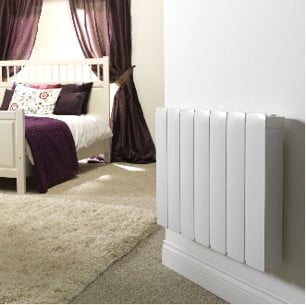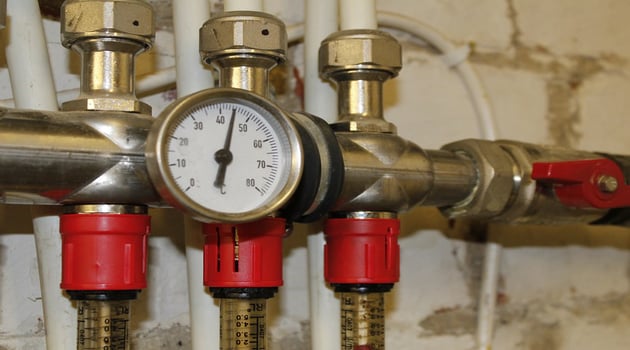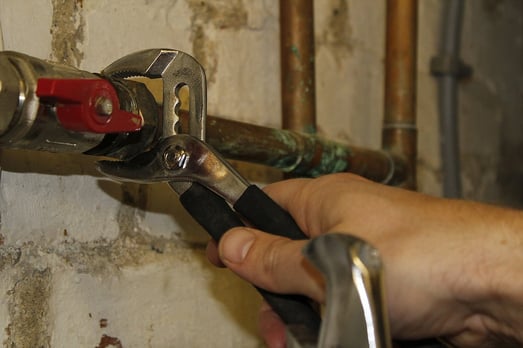
There are many innovations transforming building services driven mainly by the huge challenge of achieving Net Zero targets. In a series of articles, we look at these...
There are a lot of heating options for a new build house. Deciding on the best option is not necessarily straightforward and needs to be done with consideration with the proposed ventilation and hot water systems.
To help and categorise the options I will split heating into 3 types: wet heating systems, direct electrical and solid fuel.
Wet heating systems are split between radiators and underfloor heating (UFH) systems. We then have to consider the fuel required: gas, oil or LPG, electrical (as a heat pump) and solid fuel. Of course, we could just have a boiler or it might be a micro CHP (combined heat and power) installation.
Direct electrical could be old storage heaters, convectors (like radiators), UFH, radiant or blown air (fan assisted radiators).
Solid fuel is easier and could be a stove or just an open fire.

So, what are the factors at play when considering which heating system to install? I would suggest that these are:
The heat loss of the building. However, this really needs to be broken down, room by room, to correctly specify each emitter. Very low energy buildings will want low thermal mass heating system so that they can respond quickly to different heat inputs. For example, if 2 people walk into the room, they may give off enough energy to heat the room - so you wouldn't want an UFH system with a 4 hours response time!
The likely occupancy of the building: a care home which is going to be permanently occupied will have different needs to a family home with everyone out during the day.
How the hot water will be produced: will it be instantaneous like a combi boiler or an electric shower, or will there be a storage tank, possibly fed from solar panels?
The fuels available locally: is there mains gas on site?
The running costs: clearly fuel costs is likely to be the biggest with electricity normally working out three times the price of gas. However, there are other factors such as servicing (with gas being cheaper than oil) or annual certification for gas installations in rental properties.

Availability of grants: the government is keen to promote some technologies and has feed-in tariffs (FIT) for renewable technology and the renewable heat incentive (RHI) for low energy heating technologies.
Impact of the SAP calculations: Lower CO2 emission will help compliance.
Will there be secondary sources of heat? Perhaps a log burner with a back boiler or some heating from an MVHR system.
Physical space in the building and provision for fuel storage.
Secondary loads: do you want to use your gas boiler to also heat your hot tub or the garden office?
Finally, and just as importantly, there are your personal preferences as to how you prefer to heat your home.
Find out more about heating in low energy homes here.

There are many innovations transforming building services driven mainly by the huge challenge of achieving Net Zero targets. In a series of articles, we look at these...

The biggest expense in a conventional home is heating, which works by integrating central heating with the hot water system. A low energy home's insulation slashes the...